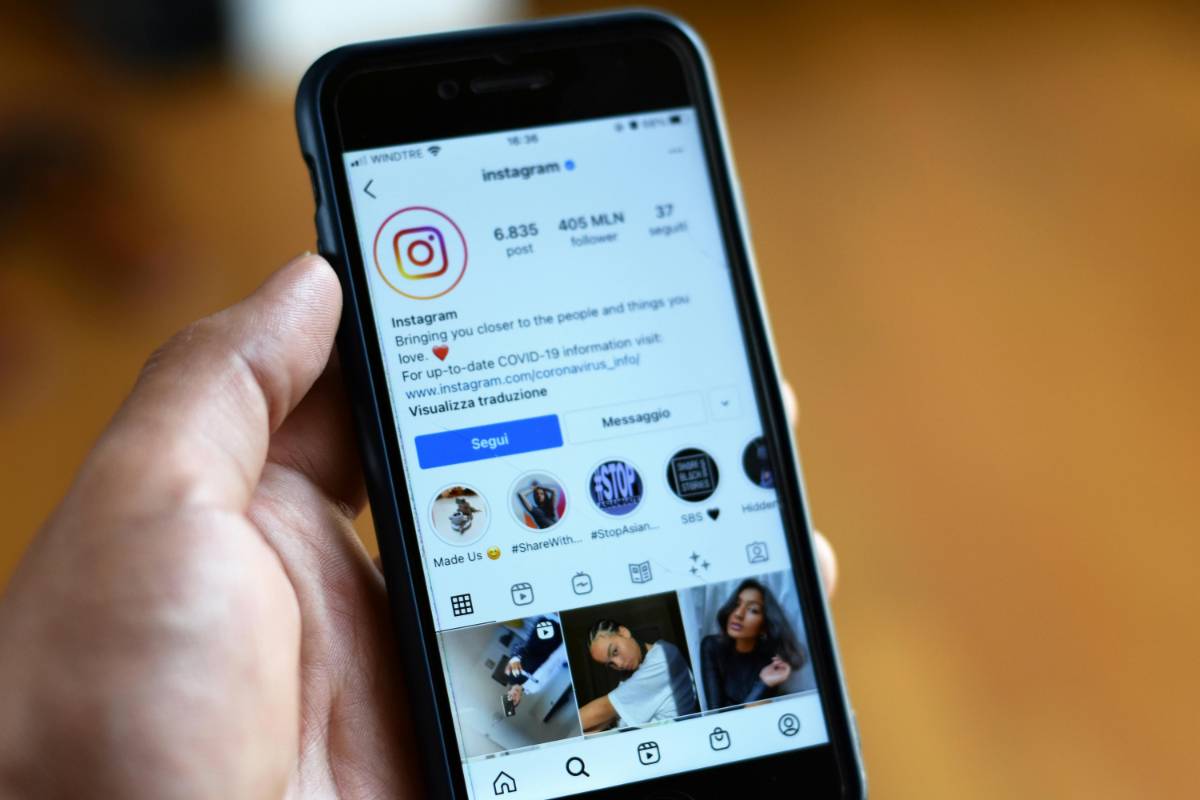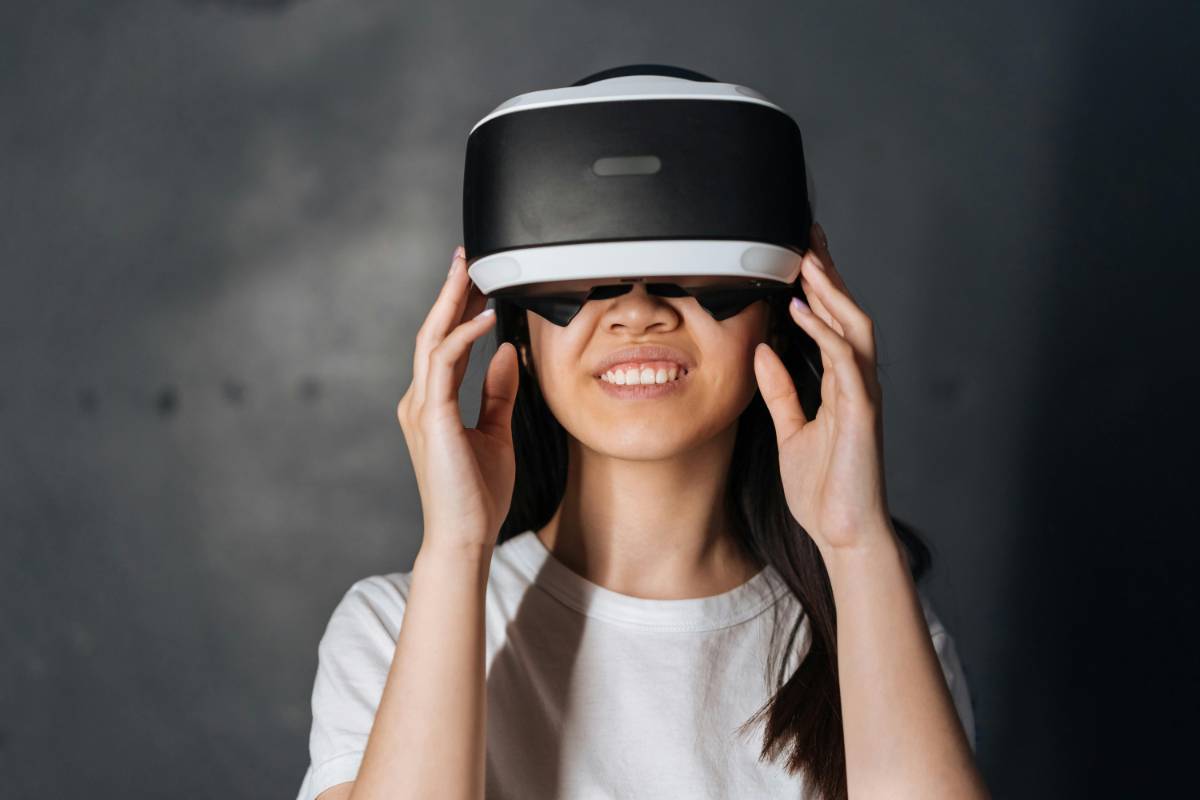How Social Media is Transforming the Education Sector
08 Sep 2025
Read Time: 5 min read

Social media has become an integral part of modern society, influencing various sectors, including education. With the rise of platforms like Facebook, Twitter, Instagram, LinkedIn, and newer apps like TikTok, social media has significantly transformed how students, teachers, and educational institutions communicate, collaborate, and share information. This article explores how social media is reshaping the education landscape.
 Enhanced Communication and Collaboration
Enhanced Communication and CollaborationSocial media platforms allow students and educators to connect and communicate in real time. In traditional educational settings, students are often limited to in-person interactions and email correspondence with their teachers. With social media, communication is more immediate and interactive. Students can ask questions, share ideas, and collaborate on projects from anywhere in the world. This instantaneous form of communication fosters a sense of community among learners and creates a collaborative learning environment that extends beyond the classroom.
Access to a Wealth of ResourcesOne of the biggest advantages of social media in education is the access it provides to a wealth of resources. Educational institutions and educators use platforms like YouTube, Instagram, and Twitter to share tutorials, webinars, educational infographics, and other helpful content. This content is available for free, making it easy for students to supplement their learning and explore topics beyond their course materials. Social media also serves as a platform for sharing academic research and important news in the educational field, keeping students and educators up to date with the latest developments.

Social media enables students and teachers to build personal learning networks (PLNs), which are digital networks of individuals, groups, and resources that promote lifelong learning. By following experts, joining educational groups, and participating in online forums, students can connect with like-minded individuals who share similar academic interests and passions. These networks encourage peer-to-peer learning, provide access to industry professionals, and offer support for students seeking career advice or academic guidance. PLNs expand learning opportunities and foster a sense of belonging in the educational community.
💡 Discover More from Social-Media
Social media has the potential to increase student engagement and motivation by making learning more dynamic and interactive. Platforms like Instagram and YouTube offer visually engaging content that can make learning more interesting and relatable. Educators can use social media to post assignments, quizzes, or educational videos that students can engage with in their own time. Gamification features in some apps can also motivate students to participate more actively in their learning, earning rewards and recognition for completing tasks and engaging with educational content.
The Role of Social Media in Distance LearningThe COVID-19 pandemic has highlighted the importance of social media in distance learning. With schools and universities shifting to online classes, social media has played a pivotal role in maintaining engagement between students and teachers. Platforms like Zoom, Microsoft Teams, and Google Meet became vital for virtual classrooms, while social media groups helped foster connections and discussions outside of scheduled classes. Social media also enabled the continuation of extracurricular activities, such as virtual club meetings and online student events, ensuring students remained connected and engaged despite physical distance.
Breaking Down Geographical BarriersSocial media is breaking down geographical barriers, allowing students and teachers to interact with others from different parts of the world. This global connectivity provides students with access to a more diverse range of perspectives, cultures, and ideas. Educational institutions can connect with international experts, invite guest speakers from various countries, and foster cross-cultural collaborations between students. Social media platforms like LinkedIn and Twitter are often used by universities to create global academic networks, making it easier to find partners, sponsors, and collaborators for research and other educational projects.
Challenges and ConcernsWhile social media offers numerous benefits in the education sector, there are also challenges and concerns that must be addressed. One of the primary concerns is the potential for distraction. With constant notifications, entertainment content, and other non-educational posts, students may struggle to stay focused on their academic work. Additionally, issues such as cyberbullying, privacy concerns, and the spread of misinformation can create obstacles for both students and educators. It is important for educational institutions to implement guidelines and policies that ensure social media use is appropriate, safe, and productive.
Social media has undoubtedly transformed the education sector by enhancing communication, providing access to a vast array of resources, and fostering global learning communities. While challenges like distraction and privacy concerns exist, the benefits of social media in education are significant and continue to evolve. As social media platforms develop new features and tools, they will likely play an even larger role in shaping the future of education, making learning more accessible, interactive, and collaborative for students worldwide.
Stay Informed
Get the latest and most accurate news delivered straight to your inbox. Subscribe now and never miss an update.

Rahul Sharma
An insightful voice in the industry, crafting content that informs, inspires, and connects with readers.
View all articles →















